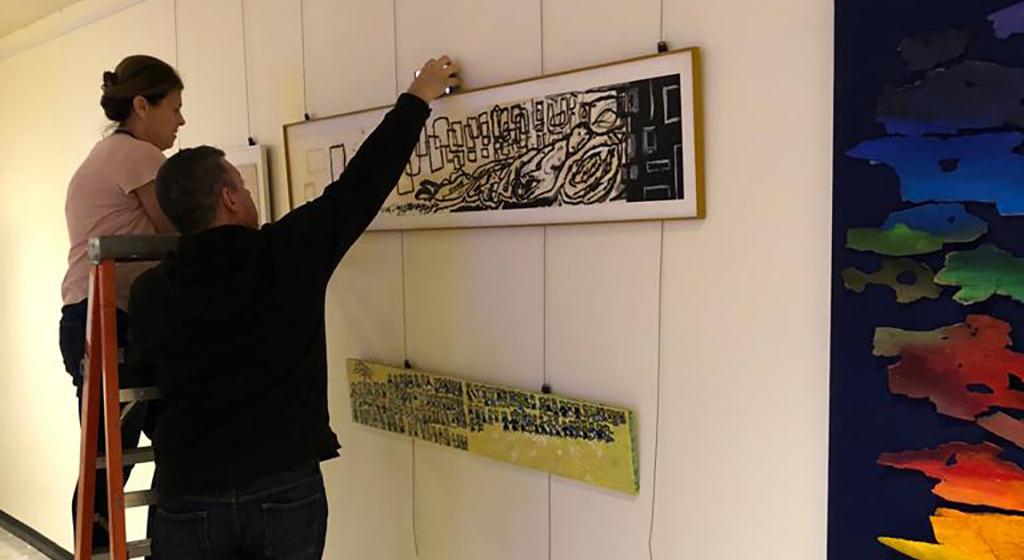A unique art exhibition featuring works by people with mental disabilities from the Arts Labs of Sant’Egidio are featured at the United Nations Headquarters in New York through November 15, 2018. The exhibition then will move to the Italian Consulate in New York, 690 Park Avenue, from November 19-30.
This is not just another exhibition of disabled artists or the result of some “art-therapy”. It is something different. As a matter of fact, this exhibition sets a landmark of a liberating and creative process by which people with mental disabilities or their interlocutors (the so-called normally endowed) are no longer typified as such, but have joined hands as protagonists – thanks to an equitable and dialogical relationship. Thought and action originated “a sort of Massive Relational Artwork” comprising disabled and non-disabled artists – openly exchanging experiences with the Arts community and especially with recognized artists.
Since its outset, Sant’Egidio has taken care of marginalized people with disabilities, unveiling their hidden troubles, their stories of exclusion and humiliation, but also their unexpressed thoughts, their expectations, their desire to express themselves, their “joie de vivre”, and unleashing their potential.
The present art exhibition provides us with a chance to listen to the voiceless, to those who are not supposed to have a say, especially on one of the greatest challenges of our time: “Living Together”. Their artworks are a powerful and robust response to the noise originated by xenophobic passions in our societies. Sant’Egidio opted for the culture of “Living Together” as opposed to fear, fostering peace efforts while unveiling the tragic aspects of emigration from war-torn regions, as well as migration caused by severe poverty.

Sant’Egidio Photo
US: New York and the Art of Living Together
Works by People with Mental Disabilities from the Arts Labs of Sant’Egidio


